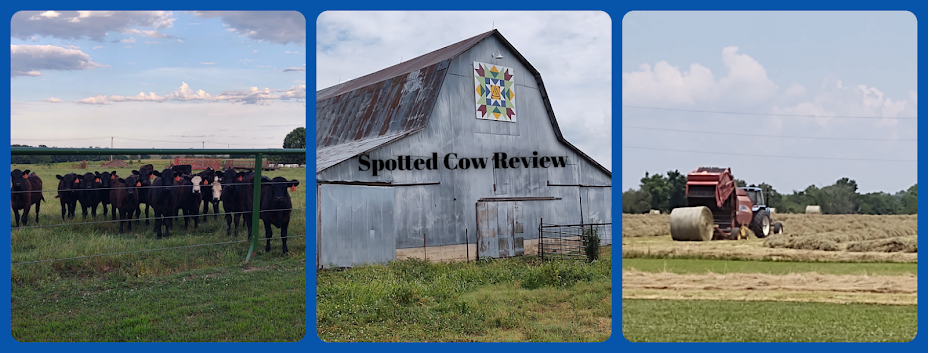 Milk cooling costs are usually one of the largest energy operating expenses on the dairy because it takes a lot of electricity to cool the cow's milk from 98 degrees when it leaves the cow to 38 degrees in the bulk storage tank. The plate cooler, also known as a Milk Pre-Cooler, is a series of steel plates installed in the milk line before the bulk tank. Cold water passes through a plate cooler in one direction and absorbs heat from the warm milk pumped through the plate cooler in the opposite direction. The plate cooler can reduce the temperature of the milk entering the bulk storage tank to within 4 degrees of the incoming cold water temperature.
Milk cooling costs are usually one of the largest energy operating expenses on the dairy because it takes a lot of electricity to cool the cow's milk from 98 degrees when it leaves the cow to 38 degrees in the bulk storage tank. The plate cooler, also known as a Milk Pre-Cooler, is a series of steel plates installed in the milk line before the bulk tank. Cold water passes through a plate cooler in one direction and absorbs heat from the warm milk pumped through the plate cooler in the opposite direction. The plate cooler can reduce the temperature of the milk entering the bulk storage tank to within 4 degrees of the incoming cold water temperature. Besides saving electricity and money with faster cooling, Milk Pre-Coolers also create these benefits:
- Increases the milk quality by inhibiting bacterial growth through faster cooling.
- Extends refrigeration equipment life by reducing load and run time.
- Daily milk production can also be increased when the warm water exiting the Pre-Cooler is used for watering the cows.
 The installation of the Milk Pre-Cooler also required an addition of a variable speed milk pump and a water system to recycle the water used by the plate cooler for our dairy cows to drink in the pasture.
The installation of the Milk Pre-Cooler also required an addition of a variable speed milk pump and a water system to recycle the water used by the plate cooler for our dairy cows to drink in the pasture.Our showcase tour also included a visit to the newly installed rubber tire water tanks.
Chillin' the milk and recycling water on our dairy farm are perfect examples of how we continue our commitment to producing high-quality milk while caring for and conserving our natural resources!


No comments:
Post a Comment